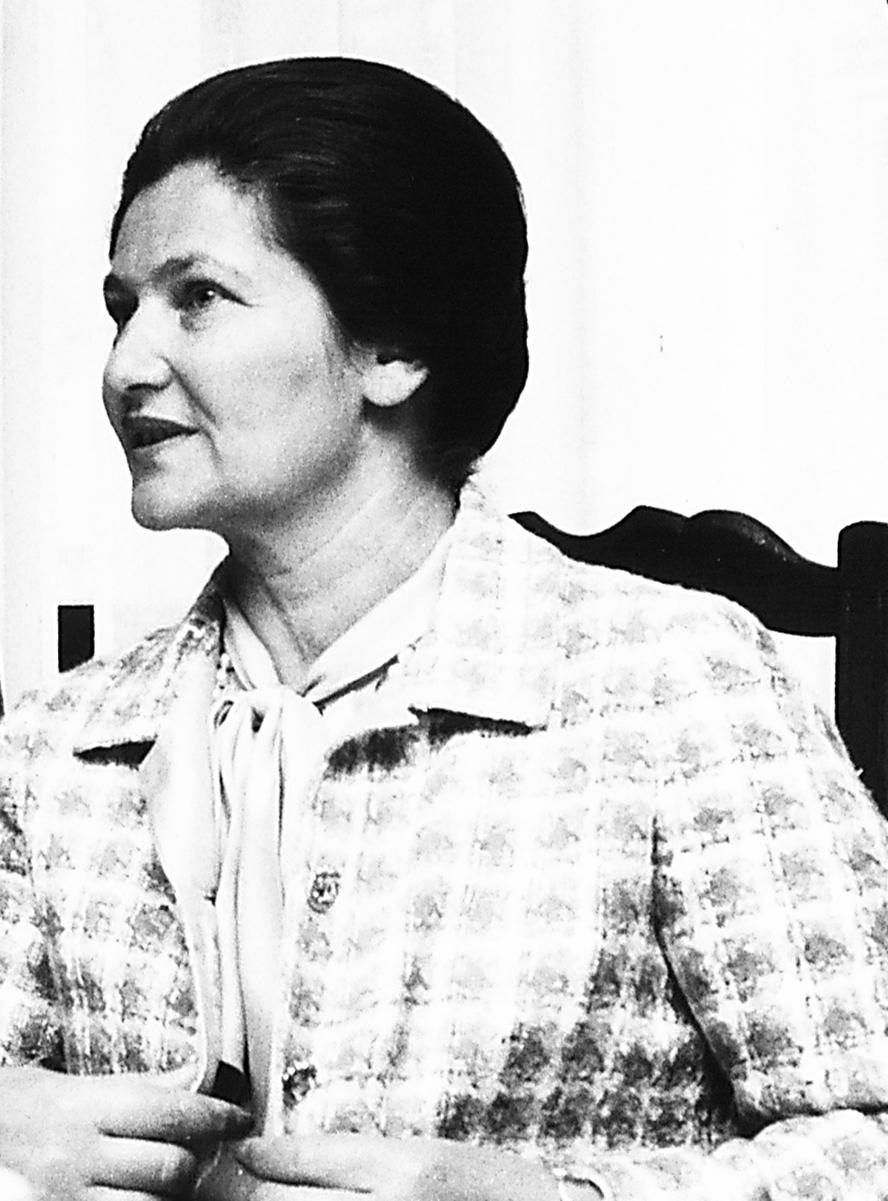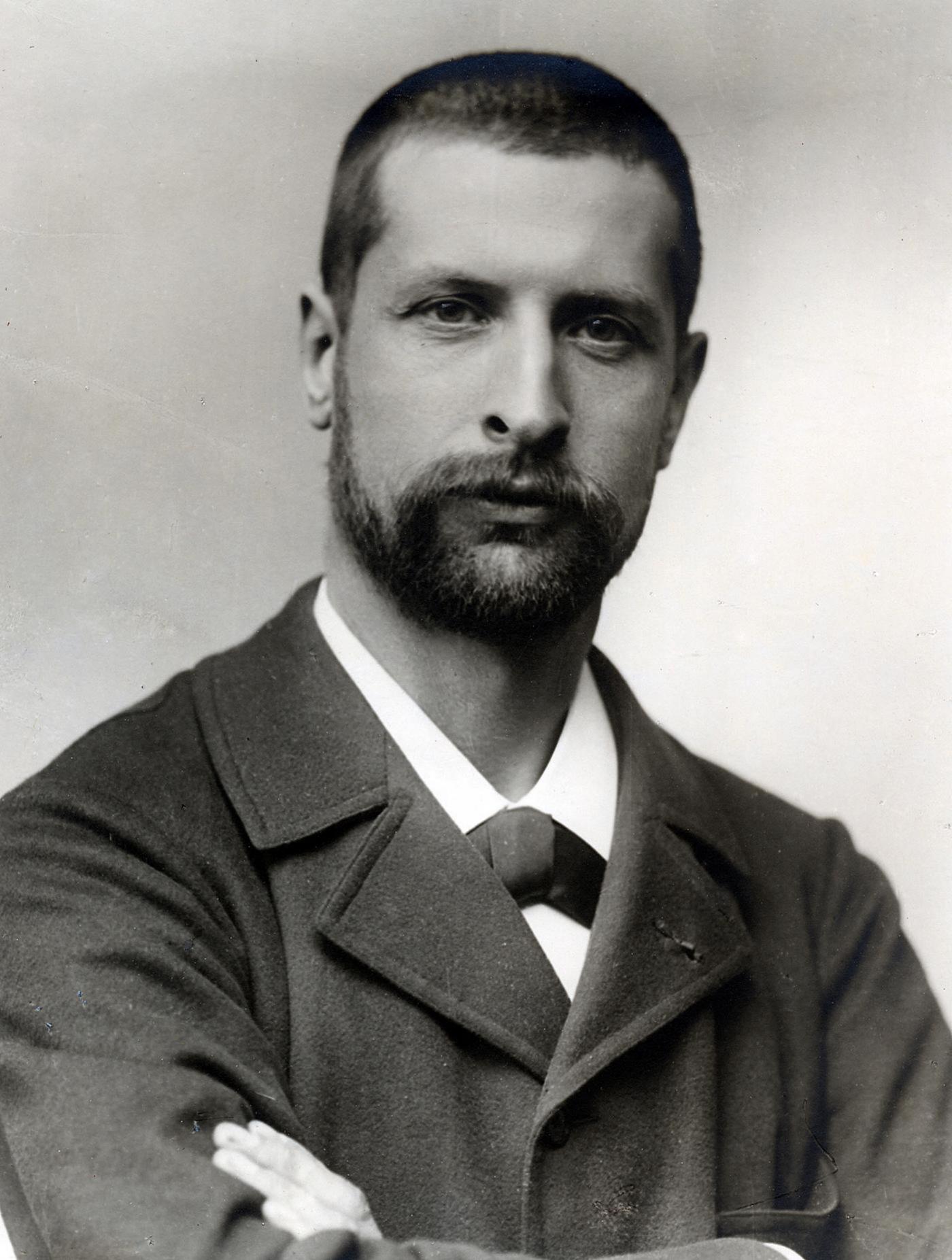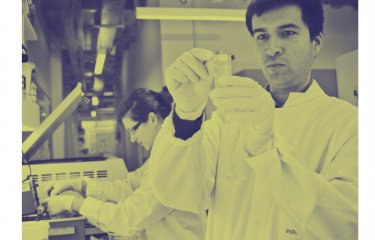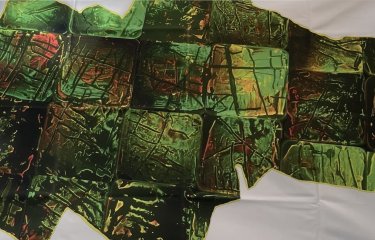The new "Omics" buildings, inaugurated today at the Institut Pasteur, will house outstanding multidisciplinary research teams and state-of-the-art technologies to explore the myriad possibilities offered by the development of computational biology, with the aim of strengthening our ability to tackle the scientific and health challenges of the 21st century. This center of expertise, unique in France, consolidates the Institut Pasteur's position as a major global player with the capability of generating and analyzing big health data and extracting the knowledge needed to advance our understanding of the living world and improve healthcare.
The ability to generate huge volumes of data (biological, clinical, genomic and environmental data, for example) in the field of life sciences is revolutionizing our approach to biology. It represents a massive paradigm shift, opening up new research horizons and a host of possible applications. This is what we mean when we talk about "big data".
In its efforts to analyze and exploit these vast reams of data, biology has turned to a new interdisciplinary approach that draws on mathematical modeling, statistics and computing.
The Institut Pasteur, a pioneer of this revolution, has created a single structure that brings together expertise in a wide range of fields that can be applied to healthcare, including biology, computer science, mathematics, statistics, physics and social sciences. This hub, which boasts cutting-edge equipment for the production and analysis of big data, will strengthen synergies between existing teams while also attracting international expertise, with the aim of tackling new challenges in public health and medicine. Alongside the traditional scientific approach – developing theories and then designing experiments to generate data that will prove or disprove these theories – scientists are adopting another approach, which tackles problems from the opposite angle. This new strategy uses artificial intelligence to extract previously unknown biological correlations from big data. The originality of the Institut Pasteur lies in the complementarity of these two approaches.
Flagship projects in this new multidisciplinary era will analyze the spread of disease outbreaks, examine the evolution of microbes and viruses and their resistance to treatment, and investigate human genomics data to shed light on the factors that predispose some individuals to disease.
A HUB WITH TWO AREAS OF EXPERTISE: SEQUENCING AND BIOINFORMATICS
The Omics facility is composed of two buildings: the Simone Veil building houses the Biomics Pole and the Alexandre Yersin building houses the Center of Bioinformatics, Biostatistics and Integrative Biology (C3BI).
Biomics
The mission of the Biomics Pole is to provide expert sequencing services to the scientific community. The laboratory complies with the most stringent technical and safety requirements to meet the technological and technical requirements of scientists. The pole has 14 specialists (engineers and technicians specializing in nucleic acid sequencing techniques, bioinformatics engineers and statisticians), who will have access to 5 state-of-the-art sequencers and a sophisticated robot for the preparation of sequencing libraries.
The pole will be involved in 5 activities:
- genomics (DNA sequencing of microorganisms, bacteria, fungi, parasites and viruses);
- transcriptomics (RNA analysis);
- epigenomics (analysis of epigenetic changes to DNA);
- genotyping (analysis of genetic polymorphisms in humans and mice);
- metagenomics (characterizing communities of microorganisms).
C3BI – Center of Bioinformatics, Biostatistics and Integrative Biology
Launched in 2015 and directed by Olivier Gascuel, the C3BI is a multidisciplinary, cross-functional structure for large-scale data analysis at the Institut Pasteur. The C3BI facilitates cooperation and dialog on bioinformatics issues. It carries out methodological research in the areas of information science and statistics. It also offers the Institut Pasteur's experimental research units a range of sophisticated data analysis services, aided by its membership of the Europe-wide platform for hosting bioinformatics tools and databases (the French branch of ELIXIR).
The C3BI is a joint research and service unit with the CNRS (USR 3756), composed of 13 teams and 174 members from several disciplines. The center has the highest concentration of expertise in the French Institute of Bioinformatics (IFB), with more than 50 research engineers.
The C3BI hosts research units specializing in fields ranging from mathematical modeling and statistics to machine learning and algorithmics. The 6 expert groups in the bioinformatics and biostatistics platform, known as the HUB, support scientists by offering guidance, training and tools to help them manage and analyze their data. A significant part of the C3BI's research activities involves investigating evolution in all its forms: the spread of disease outbreaks, the evolution of microbes and microbial resistance, adaptations and interactions of hosts and pathogens, etc.
BY NAMING THE NEW BUILDINGS AFTER SIMONE VEIL AND ALEXANDRE YERSIN, THE INSTITUT PASTEUR PAYS TRIBUTE TO TWO KEY FIGURES IN ITS HISTORY







